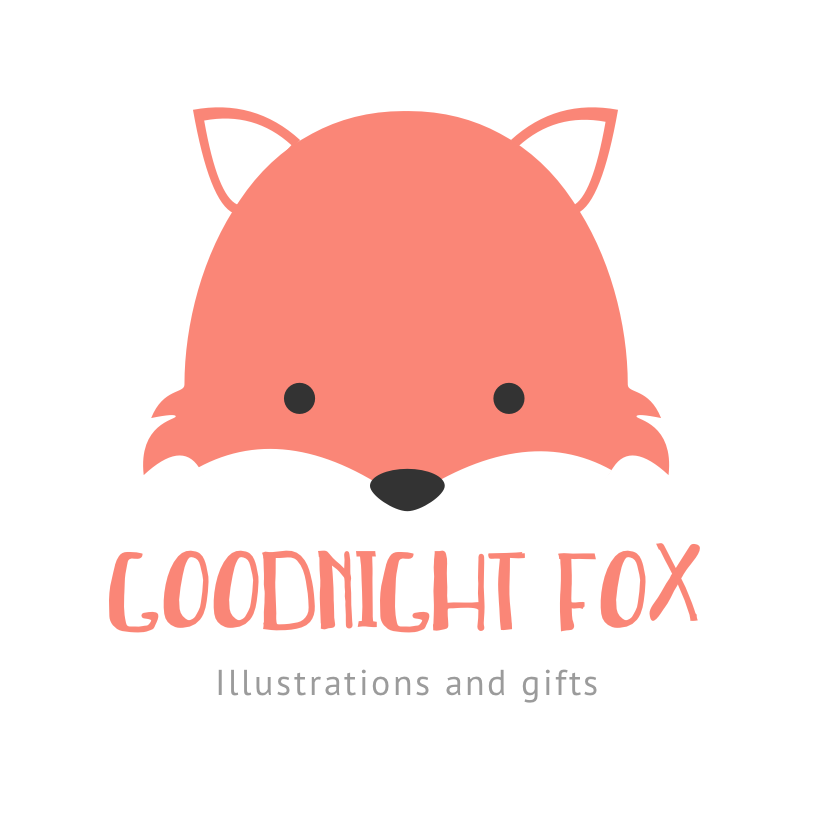Looking for an engaging and easy DIY craft activity to enjoy with your kids? This DIY cardboard castle is perfect for children aged 4–8 and uses everyday household items, making it a budget-friendly and fun project. My daughter and I had a blast creating this castle together, and I’m excited to share the step-by-step instructions so you can create your own magical fortress at home.
Category: Crafts for Kids
Skill Level: Beginner
Time to Complete: 30-45 minutes
Audience: Parents for kids aged 4-8
What You’ll Need
1 medium cardboard box (about the size of a shoe box)
1 smaller cardboard box (for the second story)
Scissors
Optional: Construction paper, markers, or stickers for extra decoration
Step 1: Prepare the Base
Take the medium-sized cardboard box and place it upside down so the open end is at the bottom. This creates a sturdy base for the castle.
Paint the outside of the box in your child’s favorite color or a classic stone gray. Let it dry.
Step 2: Add the Second Story
Take the smaller box and center it on top of the larger box.
Use a glue gun to secure the smaller box in place.
Paint the second story to match the base, or choose a contrasting color for a fun design.
Step 3: Create the Towers
Paint the toilet paper rolls in the same color as the castle walls or in a matching theme.
Glue one toilet paper roll to each corner of the base to serve as the castle towers.
Paint the snow cone cups in a coordinating color and glue one to the top of each toilet paper roll as a roof.
Step 4: Decorate the Castle
Add star patches or stickers to the walls of the castle for a magical touch.
Cut small strips of ribbon to create flags and glue them to the tops of the snow cone cup roofs.
Use markers, construction paper, or additional stickers to add windows, doors, or other details
Step 5: Add Final Details
Use ribbon to create a drawbridge or banners for added flair.
For extra fun, cut a small door into the front of the castle so kids can peek inside or use it for pretend play with toys or figurines.
Why This Craft Is Perfect for Kids
This DIY cardboard castle is simple enough for kids to actively participate in every step, from painting to gluing and decorating. It encourages creativity and fine motor skill development while giving them a sense of pride in their creation. Plus, the finished castle makes a wonderful prop for imaginative play!
Tips for Success
Supervise younger kids when using scissors or a glue gun.
Don’t worry about perfection—encourage your child to take the lead and make the castle uniquely theirs!
Save leftover materials for future crafts, like a moat or a royal throne for their castle.
We loved building this castle together, and I hope you and your kids have as much fun as we did. This is a great way to reuse items you already have at home while creating a lasting memory with your little one.
Ready to make your own DIY cardboard castle? Share your creations and tag us with #DIYKidsCrafts—we can’t wait to see your magical kingdoms!





























